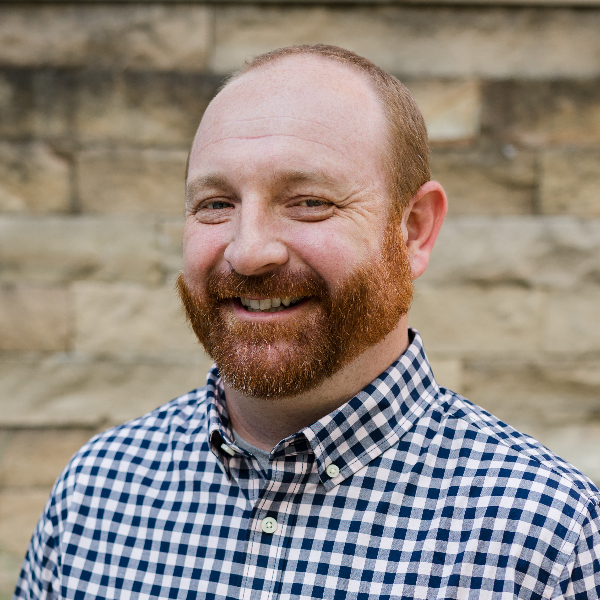“How do we find them?” The first steps of people group ministry in your community.
The following is an excerpt from an upcoming primer on the Peoples Next Door project. The material has been adapted slightly to be blog content. Stay tuned to the blog for the full primer.
“How do we find them?”
That is the first question people ask. It appears to be the overwhelming misconception that it takes someone with a degree in anthropology or a background in ethnographic research to map out a city’s people group populations. Many local church leaders and lay people feel completely unqualified to do the work of cross-cultural ministry. Perhaps this attitude stems from a “professional missionary” culture in our churches. Whatever the case, I assure you this far from true.
With that said, I humbly submit a different way. Instead of creating systems that require professionalized ministry, we must rely on methods that allow anyone with a basic understanding of the task to be practitioners in the mission.
Concerning such a method, this should get you started:
Narrative Mapping:
If our task begins with finding international communities, then our first step is narrative mapping. Unlike scouring census data and and using some kind of algorithm to extrapolate a population, narrative mapping is simply learning to read the community like a narrative. Narrative Mapping is a method by which you are able to understand and enter the community. Every place has a history, a geography, and people who live there. Good ministry can only occur if you enter into that world. Furthermore, narrative mapping, allows you to engage with people in such a way that you gain a picture of the community. It is walking into new places and asking the right questions. In fact, narrative mapping is a process of discovery that any church member can do.
The first use of this method is to understand, discover, and exegete the city. This is done by exploring the city to identify and map out where people groups or affinities exist, are clustered, and how to strategically engage in church planting among them. The second use of this method is to enter into community and engage people with the hopes of planting churches.
Narrative mapping is in many ways, being a good listener; however, it is listening for the right things. There are three things that you should be listening for as you ask questions at ethnic establishments:
- Where are they from? This will include country of origin and language spoke in the home.
- Where are they now? This answers questions like where they live, work, shop, play, and worship.
- Are there any people of influence in the community? These people are gate keepers to the community. This is an individual who has influence over a community. If you know him (or her), he will be able to tell you everything about that community and most likely will invite you into the community. In their home country this person would be the chief of the village or neighborhood. Here he takes the form of a president of their association, a religious leader, community developer, or something of that nature.
This kind of work may sound daunting, but it is actually really simple. The key to narrative mapping (or simply discovery) is keeping your eyes peeled for new places, restaurants, shops, or any establishment and finding out who works and shops there. By identifying these places in your community, you are introduced to different social circles that exist in the same community as you. In many ways, this is simply doing the same things you would normally do (buying gas, getting groceries, going out to eat) in different places.
So, here is your challenge:
This week, find one place that appears to be an international establishment and go shop there. If it is a restaurant, go try their food. If it is a market, just walk in and start looking around and asking questions about what you see. I’m sure the people would be happy to teach about their merchandise.
And for a few other ideas, check out this post: 3 Things Churches Think They Cannot Do with Internationals (But Really Can)




